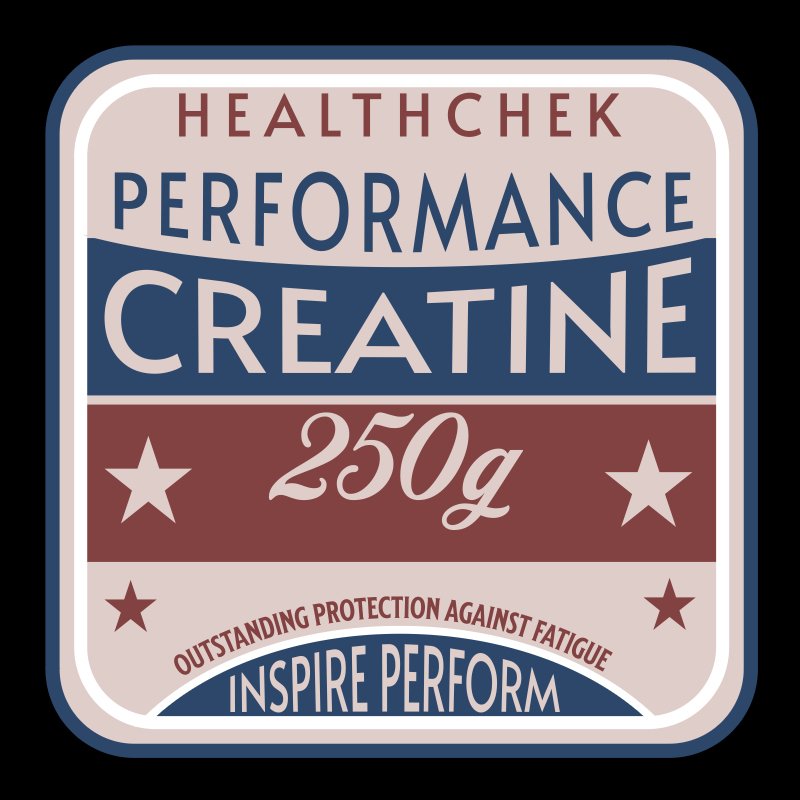 Image 1 of
Image 1 of


Methylene Blue – Solution (USP) (30mL/100mL) (PRE-ORDER)
Terms of Sale This Product is Sold for Research Purposes
Methylene Blue has been a staple in traditional medicine, known for its efficacy in reducing excess hemoglobin, addressing urinary tract infections, and serving as an antidote for cyanide poisoning. Yet, contemporary research is shedding light on broader health advantages, including enhancements in mitochondrial function and cognitive well-being.
This exploration delves into scientific literature, aiming to unveil the potential of Methylene Blue as a safe treatment for various diseases and a promoter of overall health improvement.
Terms of Sale This Product is Sold for Research Purposes
Methylene Blue has been a staple in traditional medicine, known for its efficacy in reducing excess hemoglobin, addressing urinary tract infections, and serving as an antidote for cyanide poisoning. Yet, contemporary research is shedding light on broader health advantages, including enhancements in mitochondrial function and cognitive well-being.
This exploration delves into scientific literature, aiming to unveil the potential of Methylene Blue as a safe treatment for various diseases and a promoter of overall health improvement.
Terms of Sale This Product is Sold for Research Purposes
Methylene Blue has been a staple in traditional medicine, known for its efficacy in reducing excess hemoglobin, addressing urinary tract infections, and serving as an antidote for cyanide poisoning. Yet, contemporary research is shedding light on broader health advantages, including enhancements in mitochondrial function and cognitive well-being.
This exploration delves into scientific literature, aiming to unveil the potential of Methylene Blue as a safe treatment for various diseases and a promoter of overall health improvement.
Methylene Blue: Overview
Molecular Formula: C₁₆H₁₈ClN₃S · 3H₂O
Appearance and Structure: Methylene Blue, scientifically known as methylthioninium chloride, presents itself as dark green-blue crystals or powder with a distinctive bronze lustre. This compound readily dissolves in both water and alcohol.
History of Use:
Formulation: Heinrich Caro first formulated Methylene Blue in 1876, marking it as the inaugural fully synthetic drug in medical history.
Early Applications: Initially employed in the late 19th Century for treating malaria, researchers believed in its efficacy by selectively staining pathogens. Its use as an antimalarial continued during the Second World War but waned due to soldiers disliking the side effect of blue urine.
Psychiatric Use: Methylene Blue, due to its urine-coloring effect, was later utilized to monitor psychiatric patients' adherence to medication. This led to the discovery of clinical effects, sparking interest in its antidepressant and psychotropic properties.
Revival of Interest: Contemporary research has renewed interest in Methylene Blue's antimalarial properties.
Antidote Properties: In 1933, it was found effective as an antidote for carbon monoxide and cyanide poisoning.
Recognition: Listed on the World Health Organization’s List of Essential Medicines, attesting to its global acknowledgment as a safe and effective therapeutic agent.
Versatile Uses: Beyond clinical applications, Methylene Blue serves as a bacteriologic stain, an indicator dye, and finds utility in surgical and medical marking.
Methylene Blue continues to be a compound of significance, with its historical roots in medicinal breakthroughs and a contemporary resurgence in scientific exploration.
Clinical Potential of Methylene Blue
1. Prevents and Reverses Aging:
A 2017 study revealed Methylene Blue as a potent antioxidant for connective tissue cells, exhibiting efficacy in both healthy and unhealthy individuals.
Demonstrated superior connective tissue generation and cellular survival compared to other mitochondrial antioxidants.
Altered gene expression for skin proteins, increasing collagen and elastin production.
Optimal efficacy observed at low concentrations (0.5 μM), with caution advised at higher doses.
2. Inactivates COVID-19:
Combined with light, Methylene Blue effectively reduced SARS-CoV infectivity in blood samples.
BX1 treatment eradicated COVID-19 in blood samples within 2 minutes.
Clinical trial reported marked improvement in COVID symptoms with Methylene Blue, Vitamin C, and NAC.
Mechanisms proposed for treating coronavirus involve inhibiting Nitric Oxide synthase inhibitor and promoting oxygen saturation.
Robust inactivation of the virus when sprayed onto personal protective equipment.
3. Anti-Depressant Properties:
Acts as a Monoamine Oxidase Inhibitor (MAOI) to reduce neurotransmitter breakdown.
Preferential inhibition of MAO-A at low-medium doses.
Caution advised at doses exceeding 5mg/kg to prevent serotonin toxicity, especially when combined with SSRIs.
4. Treats Malaria:
Initially identified by Paul Ehrlich in 1891, Methylene Blue became one of the first synthetic antimalarial drugs.
Recent resurgence of interest in its antimalarial properties, supported by ongoing clinical trials.
Intravenous Methylene Blue demonstrated effectiveness comparable to intravenous artesunate.
5. Reduces Cancer Growth:
Induces cancer cell apoptosis through the generation of cellular oxidative stress.
Investigated for its role in photodynamic treatment of cancer, demonstrating massive cell death in tumor cells.
6. Treats Diseases of the Brain (Alzheimer’s, Huntington’s, Parkinson’s):
Potential to reduce amyloid plaques and neurofibrillary tangles in Alzheimer's disease.
Inhibits acetylcholinesterase, increasing acetylcholine levels.
Repairs mitochondrial function and cellular metabolism.
Neuroprotective effects mediated by autophagy, making it potentially useful for conditions like Huntington’s.
7. Improves Brain Health:
Enhances migratory capacity of adult neural stem cells, facilitating neural mobility.
Acts as an alternative mitochondrial electron transfer carrier, reducing superoxide production.
Inhibits GABA receptor function, positively impacting the central nervous system.
8. Treats Septic Shock:
Effectively improves arterial pressure and cardiac function in septic shock.
Potent inhibitor of guanylate cyclase, involved in nitric oxide-mediated blood vessel relaxation.
9. Treats Methemoglobinemia:
Acts as a reducing agent to convert oxidized haemoglobin back to its oxygen-carrying ferrous state.
Recommended dosage for Methemoglobinemia: 1-2mg/kg of a 10mg/ml solution.
10. Effective Treatment for Poisoning: Historically used to treat cyanide poisoning, although now replaced by other treatments.
11. Enhances Photodynamic Therapy: Combined with light treatment, controls oral lichen planus. - Effective treatment for leishmaniasis infection and chromoblastomycosis. - Inactivates viral nucleic acid of hepatitis-C and HIV. - Potential solution for drug-resistant psoriasis.
Dosage and Administration:
Administered through slow IV injection, IV infusions, oral, or topical routes.
Oral preparations, though not widely available, have been prepared by diluting 50-100mg in 100-200ml of water.
Safety:
Very safe in therapeutic doses (<2mg/kg).
Adverse effects associated with high doses, including cardiac arrhythmias and urine discoloration.
Caution needed to prevent serotonin toxicity at doses >5mg/kg.
Interferes with pulse oximeter readings, yielding falsely low oxygen saturation.
Newborns may experience adverse effects, such as excess bilirubin and respiratory distress.
Monitoring and adherence to recommended doses are crucial for safe usage

